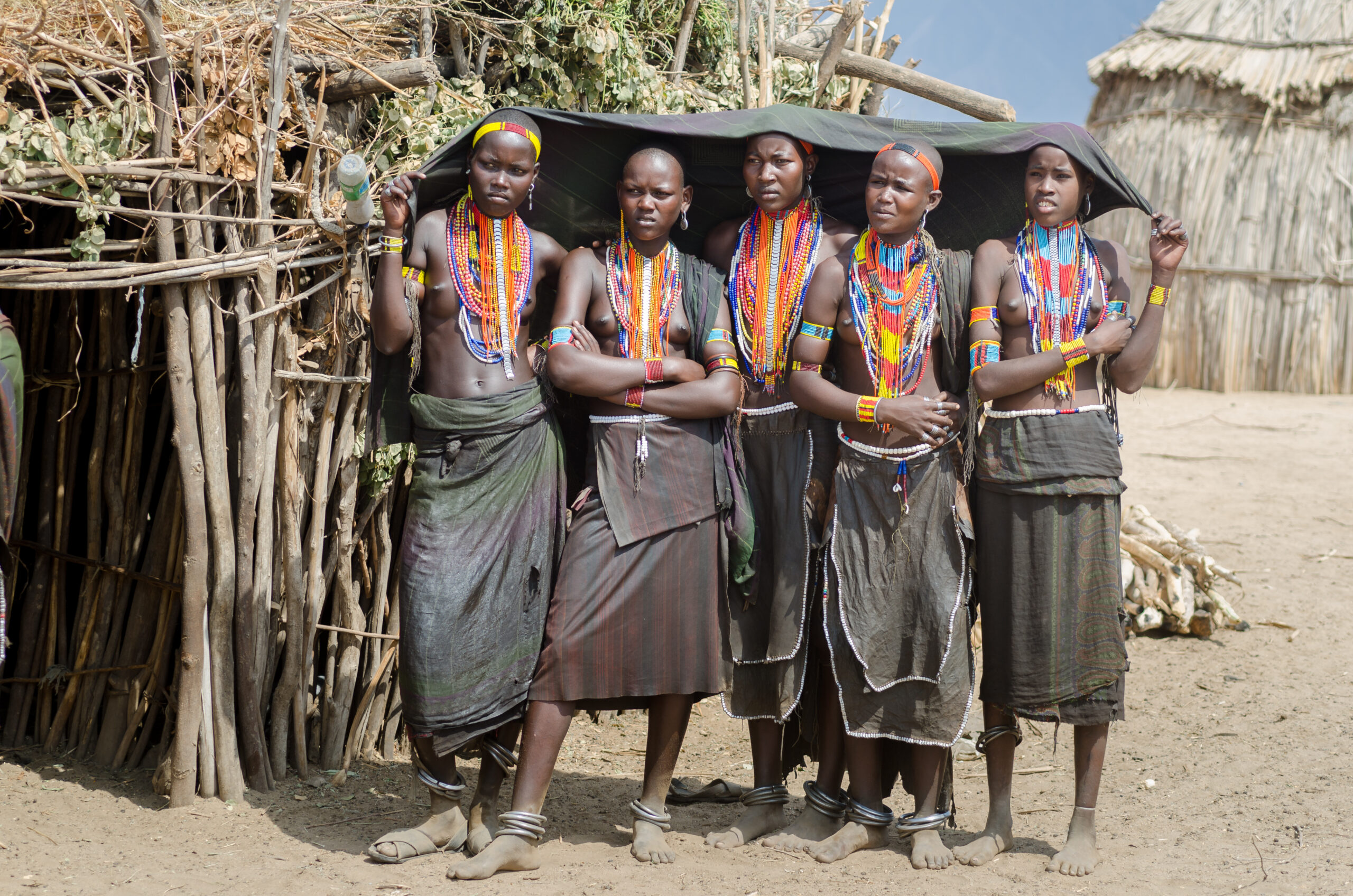Just a few years back, the notion of walking into an Indian grocery store without cash or a credit card would have been unthinkable. Today, however, digital payments are ubiquitous across the country, with India accounting for 40% of the global digital transactions in 2021. The advent of Digital Public Infrastructure (DPI) networks like the Unified Payments Interface (UPI) has revolutionized financial interaction between consumers and businesses, positioning India as a frontrunner in global DPI innovation. Under India’s presidency, the G20 Digital Economy Working Group has consistently highlighted DPI, particularly in its first three meetings, aligning it with the broader objectives of the Sustainable Development Goals (SDGs).
According to Reserve Bank of India, the widespread uptake of UPI has significantly contributed to the country’s financial inclusion efforts, which are growing at a compound annual rate of over 5%. DPI networks like UPI are breaking down barriers to financial services, particularly for underprivileged populations in low- and middle-income nations. India’s recent launch of the Open Credit Enablement Network (OCEN) is another step in this direction, offering a unified platform for small businesses to interface with both banks and alternative credit institutions. Studies from the United Nations Development Programme (UNDP) and Dalberg suggest that by 2030, DPI could bridge the credit gap for 16-19 million micro, small, and medium enterprises (MSMEs).
The success of Aadhaar, the world’s largest presence-less, biometric ID system, which enabled 50x more direct transfer of benefits between 2014 and 2022, and Digilocker–a digital wallet that facilitates storage and verification of documents-makes a compelling case for DPI application in other areas of service delivery, such as judicial systems, education, agriculture, and perhaps most importantly, climate action.
Climate change adaptation and mitigation efforts can benefit immensely from robust intervention. The Gross Domestic Climate Change Risks 2023 report, published by the Cross Dependency Initiative, an organisation that focuses on climate risk analyses, has found that nine Indian states rank among the world’s top 50 at-risk states and provinces. Despite the pace and scale of the crisis, India has been slow to respond. The UNEP Emissions Gap Report 2022 projects that global carbon emissions must be reduced by 45% to meet the 1.5°C targets in 2030, while global investments in mitigation activities were nearly 65-80% below required projections as of 2019. It is valuable to note that climate issues are not divided by geographical boundaries, and solutions must be developed collectively. India’s learnings in building common digital infrastructure can pass through to our fight against climate change. DPI can play a foundational role by facilitating data sharing and accessibility across borders and coordinating mitigation efforts. This matters even more in low-and-middle-income countries, where the capacity for investment is comparatively lower.
DPI can boost efficiency and outcomes in carbon trading markets, deforestation prevention, and weather information systems. While carbon trading has gained considerable traction, the carbon credit market is held back by poorly-designed offsets and asymmetry of information. Siloed and opaque carbon markets can lead to limited verification of offsets, resulting in a net increase in emissions. A digital carbon credit platform can introduce a common standard for monitoring, reporting and verification of emissions, in turn improving access to and transparency within the carbon market. This kind of single repository for all projects can reduce implementation time and costs, leading to higher uptake in carbon trading. Increased trust and lower costs have second-order benefits too, further unlocking funds for mitigation efforts. Effective DPI can accelerate carbon capture by 5-10 years in low- and middle-income countries.
DPI can also preserve nearly 0.2-0.4 million hectares of unique forest area in these regions. As many as 36 globally-recognised biodiversity hotspots are distributed across Africa, South America and Southeast Asia. Open datasets on land use patterns and forest cover could serve as effective monitoring tools to flag local disturbances and protect against forest cover loss.
DPI can also improve weather information systems, enabling better monitoring and prediction. Early detection and warning of extreme weather events, as well as identification of the level of threat, would enable at-risk communities to prepare for disruptions and reduce the loss to life and property. Moreover, reliable local weather forecasts can allow farmers to plan planting and field fertilisation more effectively. Consequently, improved agricultural yield can boost smallholder farmer incomes and strengthen access to nutrition and food security. As they evolve, DPI can even support a global transition to a greener economy and unlock a sustainable future for all.
DPI systems are not a panacea and if poorly designed can lead to severe lapses in data privacy and user protection. However, if built with foresight, DPIs can boost economic activity and help communities lead more meaningful lives. In the coming decade, efficient implementation of DPI in yet-to-be-tapped sectors could potentially determine how we grow as a nation.
Kunal Walia is a partner at Dalberg Advisors and leads work within the Tech for Good sector. Vineet Bhandari is an associate partner at Dalberg Advisors and works in the firm’s digital inclusion practice.
Download The Mint News App to get Daily Market Updates.
More
Less
Updated: 01 Sep 2023, 03:50 PM IST
















